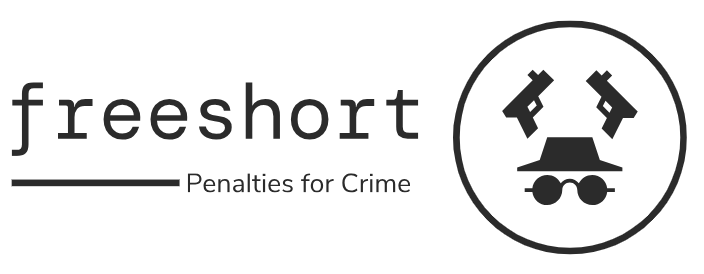
Understanding Shared Liability in Car Accidents
Car accidents are often complex events with multiple factors at play, including shared liability. In these situations, determining who is at fault can be challenging, as both parties may have contributed to the collision. Understanding the legal implications of shared liability in car accidents is crucial for all parties involved.
Legal Definition of Shared Liability
Shared liability, also known as comparative negligence or contributory negligence, refers to a legal concept where both parties involved in an accident share responsibility for the damages incurred. This means that even if one party is primarily at fault, the other party may still bear some degree of responsibility for the accident.
Factors Contributing to Shared Liability
Several factors can contribute to shared liability in car accidents. These may include speeding, distracted driving, failure to yield, running red lights, and other forms of reckless behavior. In some cases, external factors such as road conditions or weather may also play a role in contributing to the accident.
Determining Fault in Shared Liability Cases
Determining fault in shared liability cases requires a thorough investigation into the circumstances surrounding the accident. This may involve gathering evidence such as witness statements, police reports, surveillance footage, and expert testimony. The goal is to establish each party’s level of fault and liability for the accident.
Legal Implications for Compensation
In shared liability car accidents, the legal implications for compensation can vary depending on the jurisdiction and the degree of fault assigned to each party. In some states, compensation may be awarded based on each party’s percentage of fault, while in others, contributory negligence laws may limit or prevent recovery if the injured party is found to be partially at fault.
Role of Insurance Companies
Insurance companies play a significant role in shared liability car accidents. They will conduct their own investigation into the accident and may attempt to assign a percentage of fault to each party involved. This can impact the amount of compensation offered to the injured party and may lead to disputes between the parties and their respective insurance providers.
Legal Options for Victims
For victims of shared liability car accidents, understanding their legal options is essential. Injured parties may pursue compensation through a personal injury lawsuit or by filing a claim with their insurance company. Consulting with a knowledgeable personal injury attorney can help victims navigate the legal process and advocate for their rights.
Mitigating Shared Liability
In some cases, parties may seek to mitigate shared liability by demonstrating that they took reasonable precautions to prevent the accident or that the other party’s actions were the primary cause of the collision. This may involve presenting evidence such as dashcam footage, eyewitness testimony, or expert analysis to support their case.
Legal Representation and Advocacy
Navigating the legal implications of shared liability car accidents can be complex, especially for those unfamiliar with personal injury law. Seeking the guidance of an experienced personal injury attorney can help ensure that your rights are protected and that you receive fair compensation for your injuries and damages.
Conclusion
In conclusion, shared liability car accidents can present significant legal challenges for all parties involved. Understanding the legal implications of shared liability, determining fault, and advocating for fair compensation are essential steps in navigating these complex cases. By seeking legal representation and understanding your rights, you can better protect yourself in the event of a shared liability car accident. Read more about shared liability car accident







